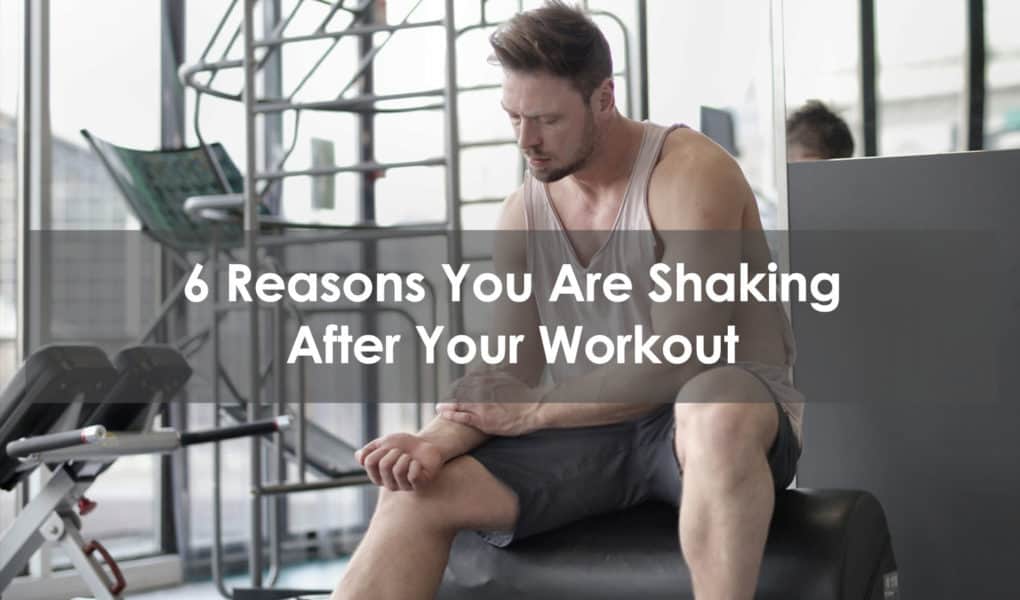After an intense workout, it’s not uncommon to experience shaking in the muscles. Most often, it’s an indication that you’ve worked your muscles optimally. Sometimes, however, it may indicate a problem. Knowing the difference between the two is vital to your health and well-being. In this article, I’ll lay out five causes of post-workout shaking, so you can tell the difference between the two.
1. Fatigued Muscles
When you work a muscle, such as your biceps, the motor neurons and muscle fibers are activated to move that muscle through its range of movement. This is known as the firing of the motor units. As you continue training and fatigue sets in, the firing of your motor muscle units will slow down and become less intense.
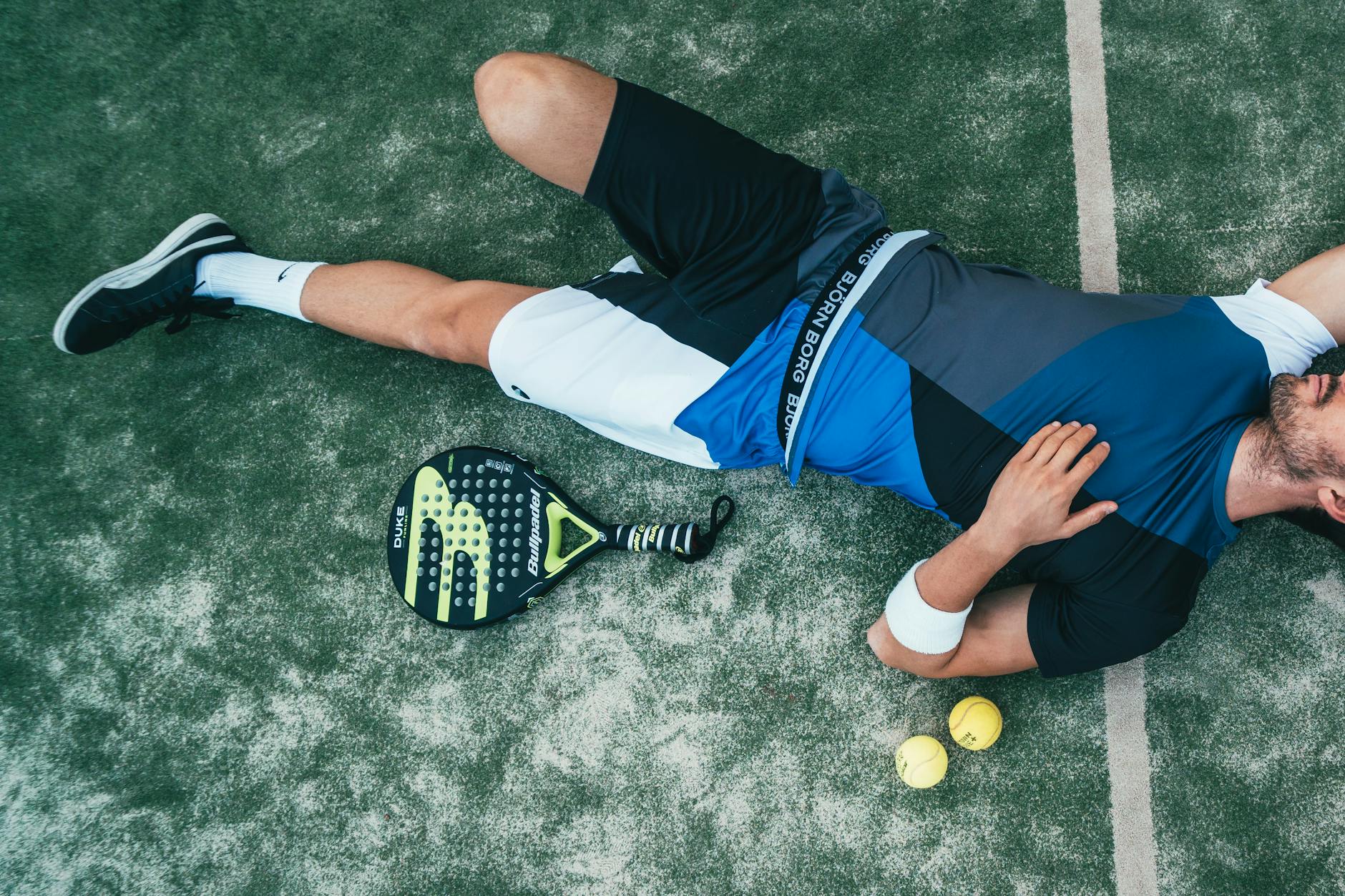
The muscle fatigue that results from intense regular exercise can result in the muscle switching rapidly from contraction to relaxation. The result may be muscle twitching, shaking, or tremors after exercise.
Your muscles may also fatigue after your workout as a result of delayed onset muscle soreness (DOMS), which results from the micro-tearing of the muscle fiber as a result of the stress of your workout.
Muscle shaking as a result of fatigue post-workout is usually nothing to worry about, being an indication that you have worked the muscle to the max. However, if the shaking persists for more than a couple of hours after the workout, you should probably reduce the intensity of your training slightly.
2. Low Blood Sugar Levels
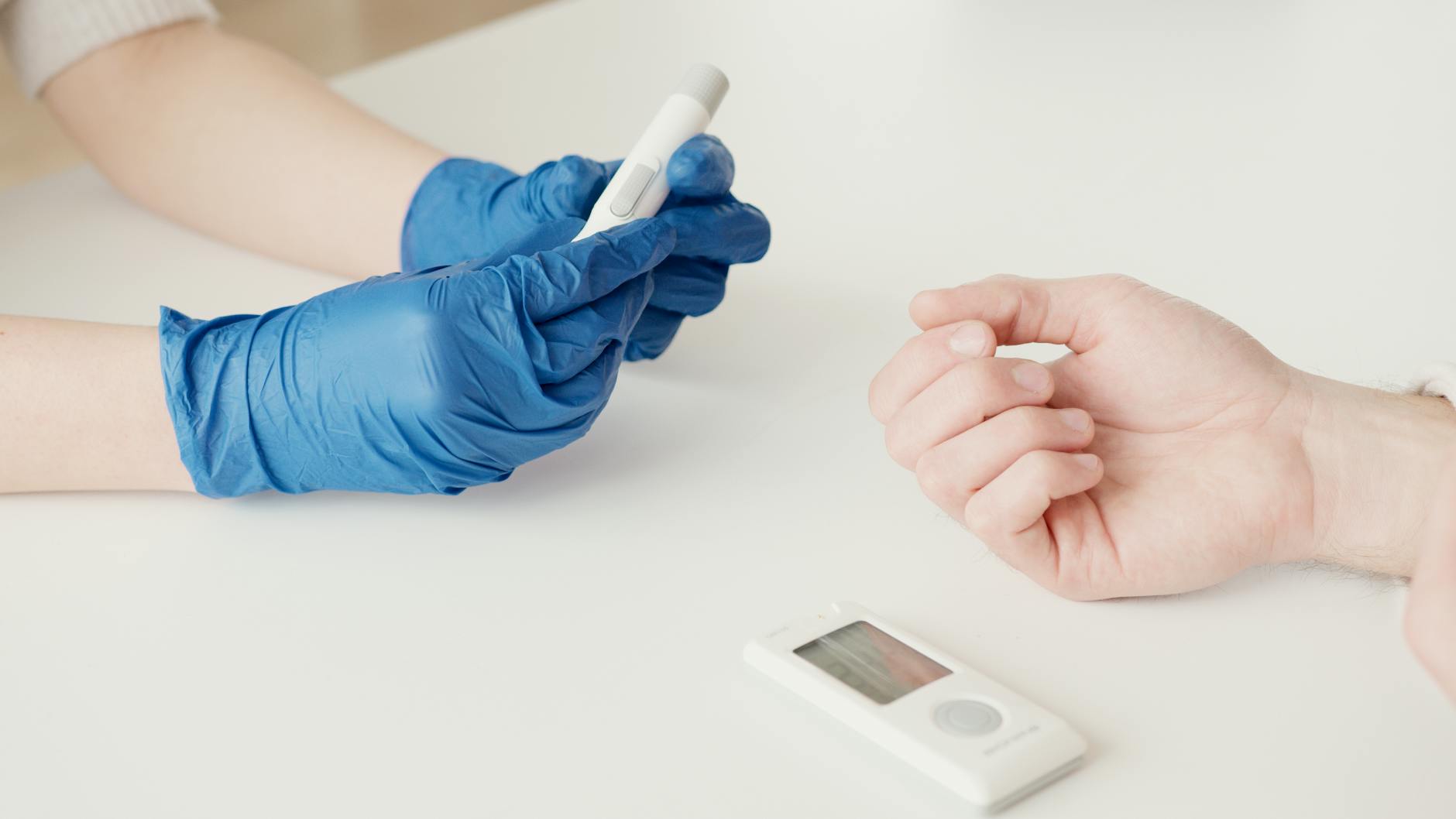
Glucose, or blood sugar, is the body’s main fuel source for exercise. Your workout will deplete glucose levels. If you train for a long time at a high-intensity level, your blood sugar levels can become so low that you become hypoglycemic.
When you are in a state of hypoglycemia, your muscles are likely to shake. Along with this shaking, you are also likely to experience dizziness, reduced energy levels, headaches, and muscle weakness.
You can avoid a low level of glucose by having a pre-workout that includes fast-acting high glycemic index carbs and replacing your blood glucose levels post-workout with a banana or similar high-carb food. You may also consider taking a mid-workout drink that is loaded with high glycemic carbs to prevent a blood sugar crash. Another option is to have an energy bar during the workout.
3. Isometric Contraction

It is quite common for a muscle to begin shaking as a result of workouts that involve isometric contraction. This is when you hold a muscle in one position for an extended period of time. Exercises like the plank and wall sit are examples of isometric contractions.
Mild shaking as a result of isometric contraction is usually short-lived and localized to the actual muscle being worked. For example, if you do a wall sit for 5 minutes, you should expect to experience shaking in the quadriceps for the next 5-10 minutes.
4. Dehydration
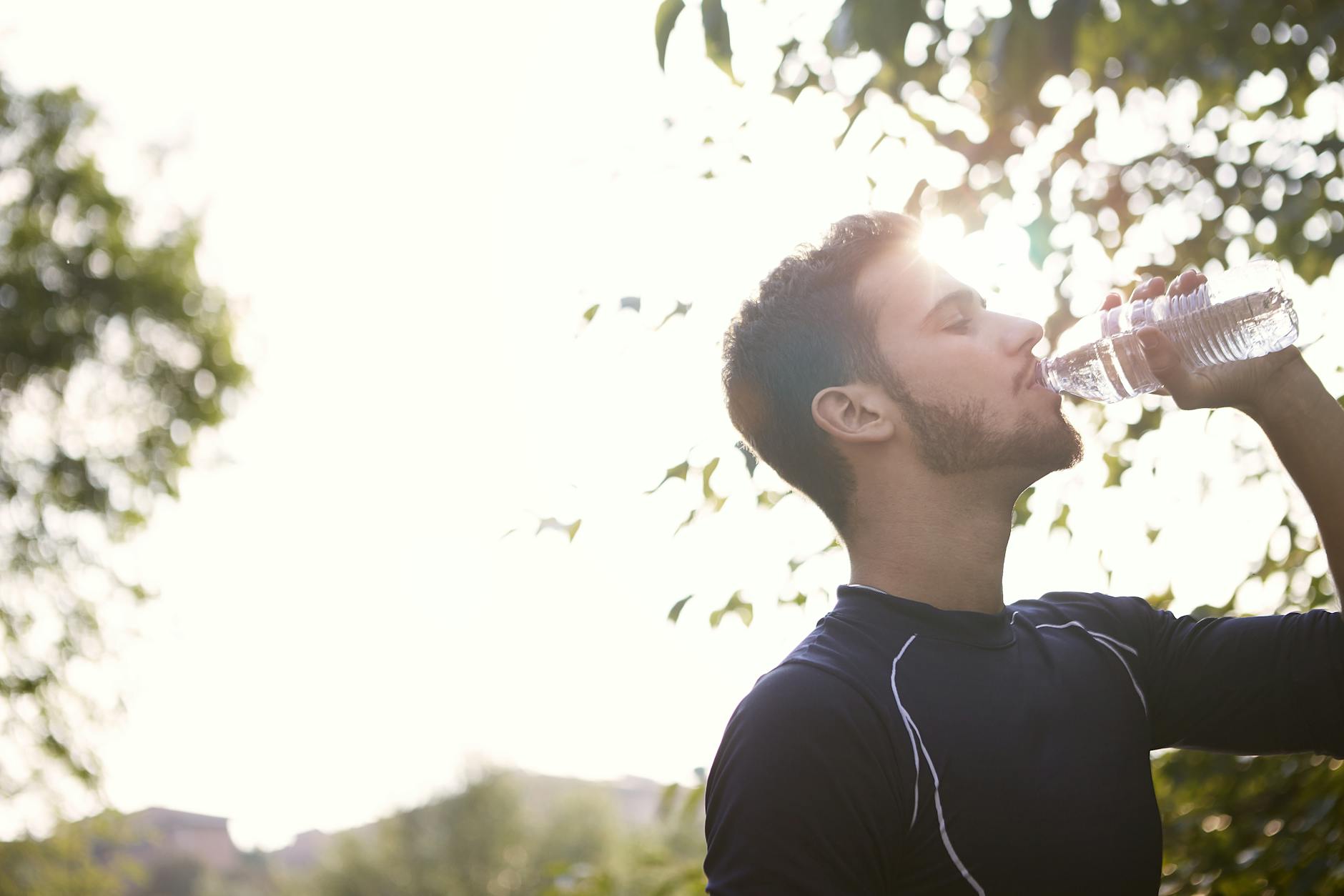
The proper working of your muscles and nerves is controlled by electrolytes. A balanced electrolyte level is dependent on hydration. If you become dehydrated, your electrolyte balance will get out of whack. This can negatively affect the proper firing of your muscle motor units, resulting in twitching or shaking of your muscles.
Mild dehydration during workouts can result from sweating. This happens more during hot weather. To ensure that you are not dehydrated, always carry a plain water bottle with you and drink water from it regularly during your workout. You may also choose to sip from an electrolyte-infused sports drink mid-workout to replace the electrolytes that are lost through sweating. Continue sipping from the electrolyte drink in the hour after the workout.
Apart from shaking, other signs of dehydration are darkened urine, dizziness, fatigue, and muscle weakness.
5. Too Much Caffeine
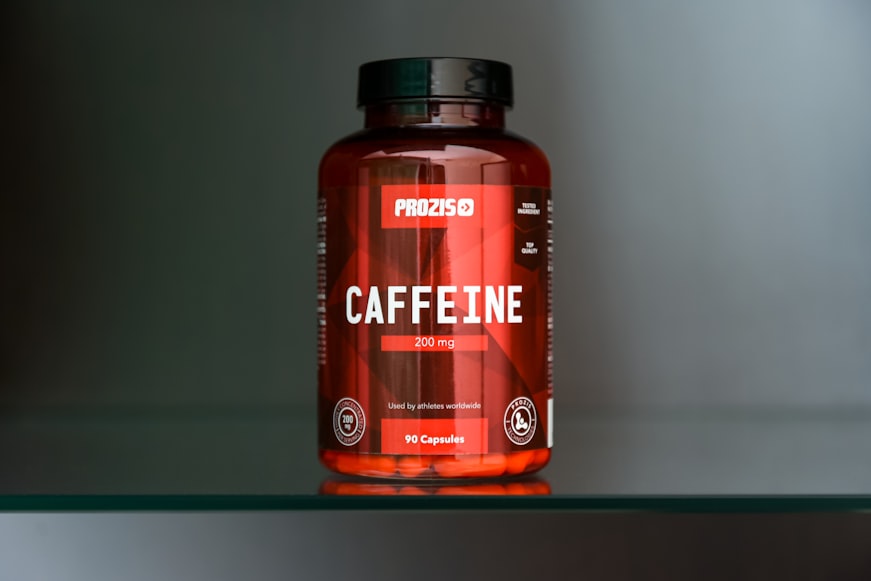
Caffeine has become a very popular stimulant in pre-workout products. Caffeine provides an energy burst that can help people get through a workout. However, too much caffeine can result in a host of side effects. This includes muscle shaking, along with dizziness, headaches, an increased heart rate, and an energy crash about 45 to 60 minutes after taking the caffeine.
To avoid shaking due to caffeine intake, keep your daily caffeine intake to less than 350 milligrams per day. Avoid high stimulant pre-workouts and limit yourself to 3 cups of coffee per day.
6. Lack of Sleep

If you hit the gym in a sleep-deprived state, your body’s energy level is not going to be up to the demands that you are asking of it. Whether you’re doing cardio or a weights workout, the result is likely to be that your muscles are going to shake.
To avoid sleep deprivation-related muscle shake, realize that sleep is a vital part of the workout recovery process. Get into a pattern of retiring and getting up at the same time, aiming for 7-8 hours of quality sleep each night.
How to Avoid Post Workout Muscle Shakes
Here are 4 tips to help reduce or even avoid post-workout muscle shakes:
- Progress gradually with your workout session – avoid making big jumps in intensity or weight that you are using. Gradually progressing with your poundages and rep count will allow your muscle to adapt, making it less likely that they will be shocked and begin shaking.
- Have a pre-workout meal – a couple of hours before your workout, have a whole food meal that includes a 50:50 mix of carbohydrates and proteins.
- Warm-up – gradually preparing your muscles for the workout will prevent shock to the central nervous system and increase the blood flow to the working muscle group. Your warm-up should include 5-10 minutes of moderate cardio along with dynamic stretching that moves the muscle through its full range of motion.
- Have a post-workout meal – after the workout, your body’s main need is glycogen. Plan ahead of time and prepare a post-workout meal. This is your one opportunity to eat a sugary treat knowing that those extra carbohydrates will go directly to refueling your muscle glycogen levels.
Conclusion
Muscle shaking is quite a common effect of an intense workout. It can be a sign of a great workout, or it could indicate that you need to make some tweaks. Identify the cause of your muscle shaking and apply our tips to make sure that your muscle shakes are due to the muscle being optimally worked.
Frequently Asked Questions
What should be in a post-workout drink?
Your post-workout shake should do two things; replace lost glycogen and provide amino acids for muscle repair and rebuilding. To do that, your post-workout drink should include a 50:50 blend of high glycemic carbs and protein.
Sources
- https://journals.lww.com/nsca-jscr/fulltext/2018/08000/The_Effects_of_Beef,_Chicken,_or_Whey_Protein.16.aspx
- https://www.cambridge.org/core/journals/comparative-exercise-physiology/article/abs/effects-of-a-postworkout-nutraceutical-drink-on-body-composition-performance-and-hormonal-and-biochemical-responses-in-division-i-college-football-players/90DFC30401819FE46BA0F0C7C17BF82A
- https://journals.humankinetics.com/view/journals/ijsnem/5/s1/article-pS84.xml
- https://link.springer.com/article/10.1007/s40279-014-0260-0?fbclid=IwAR1BPqYJynmx-Z5mCslc0J-SvnFJxp44BGwwCOSdFxCWbF3RuGpnW_3cCso
- https://bjsm.bmj.com/content/43/6/401.short
